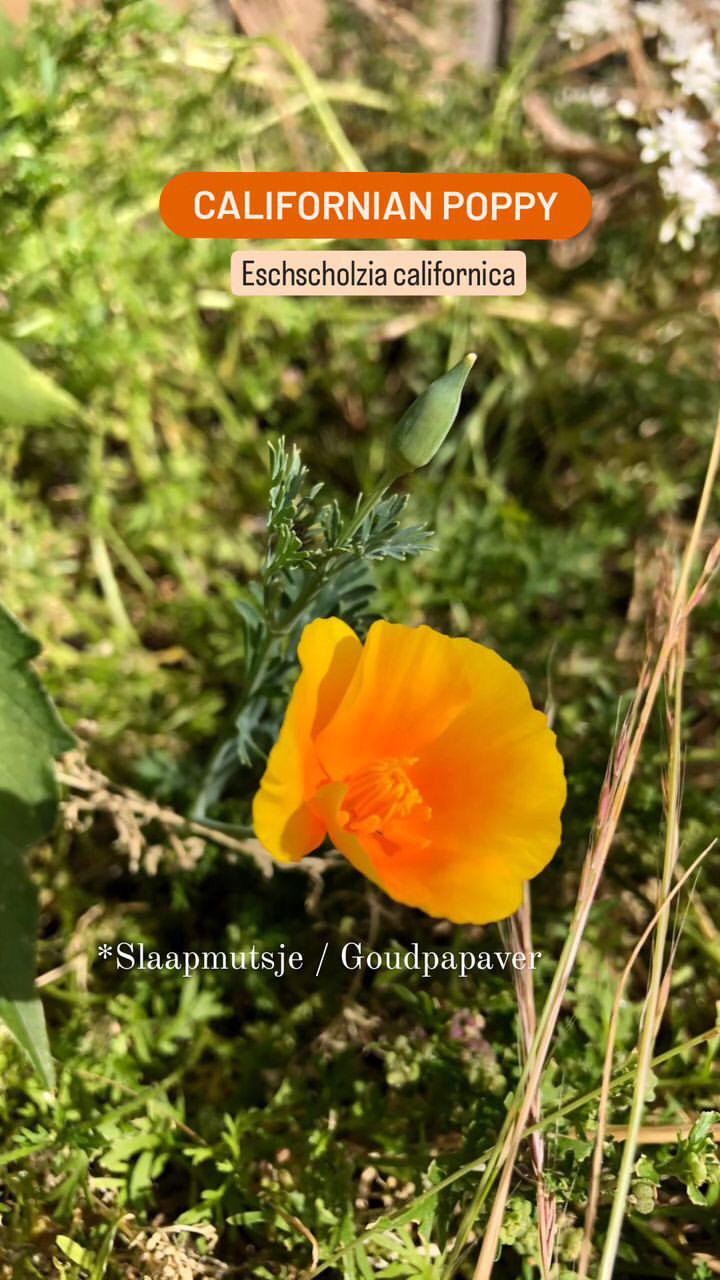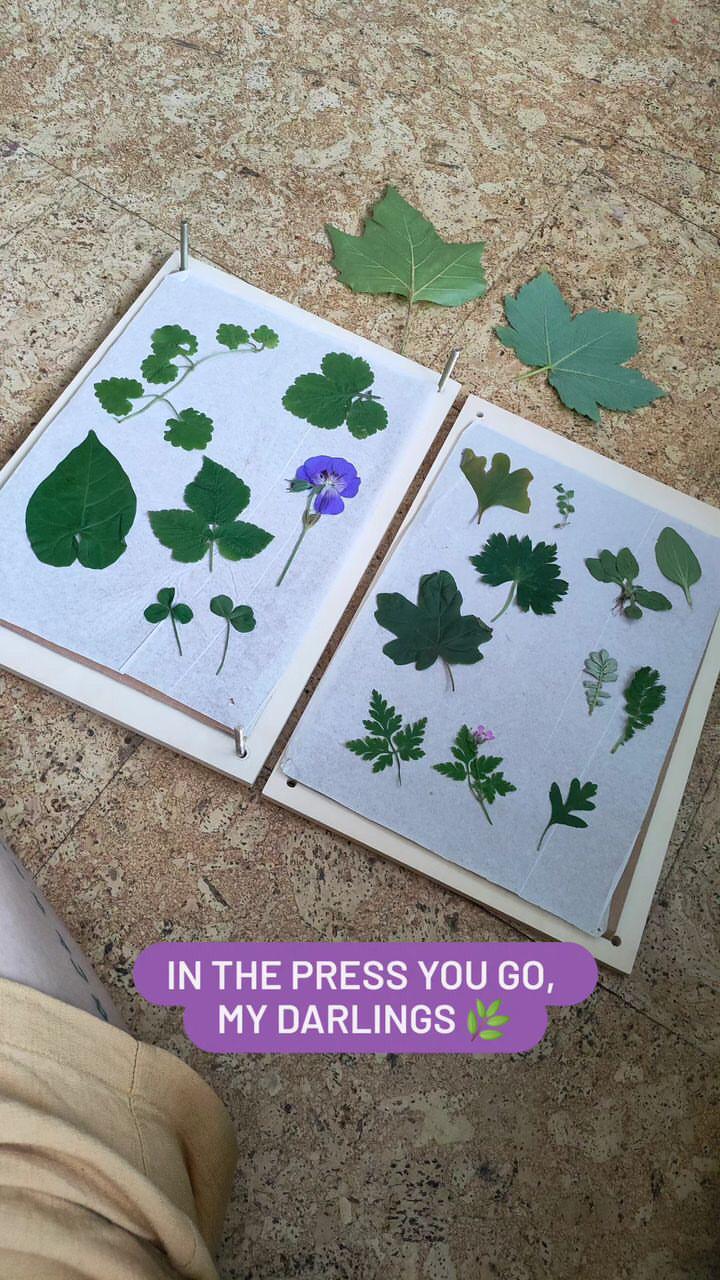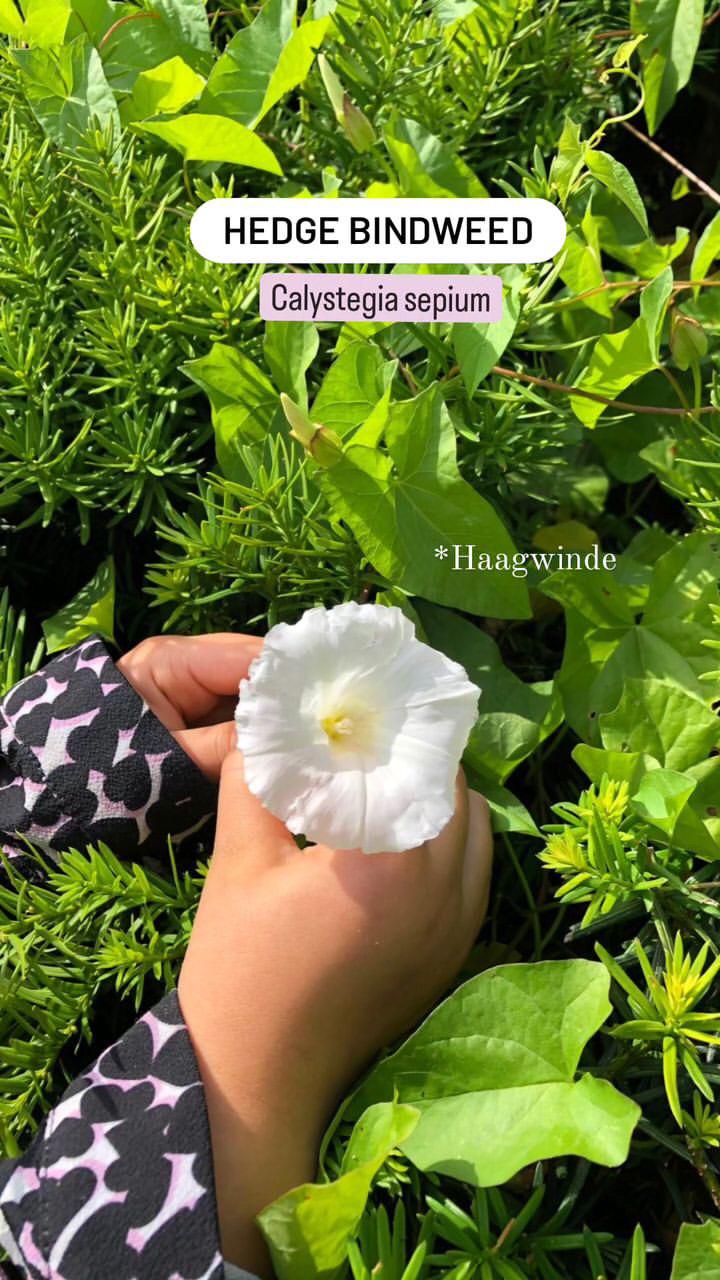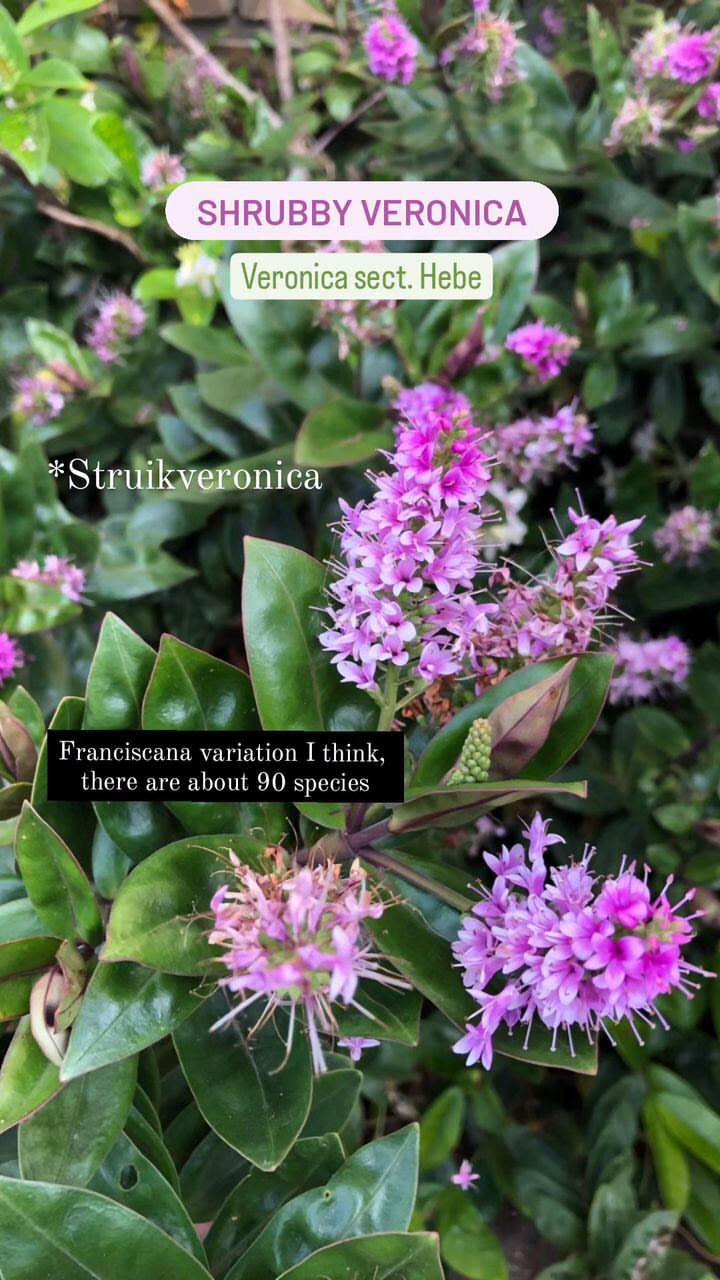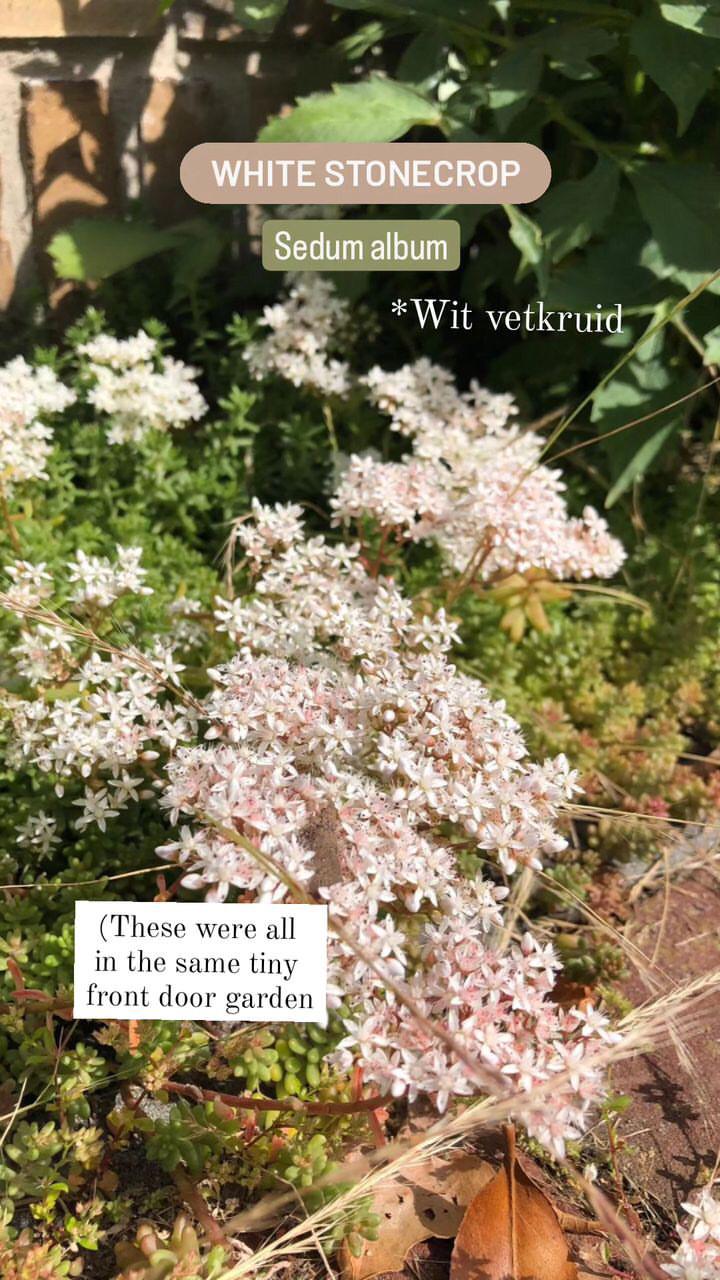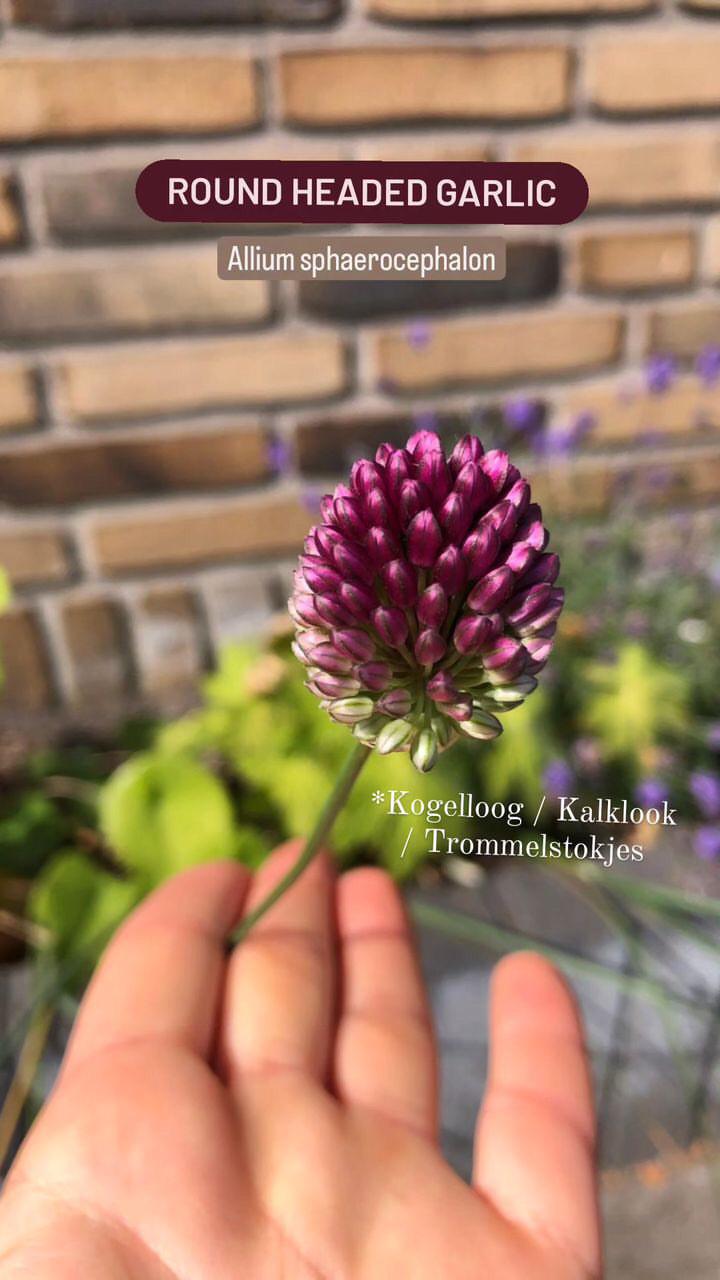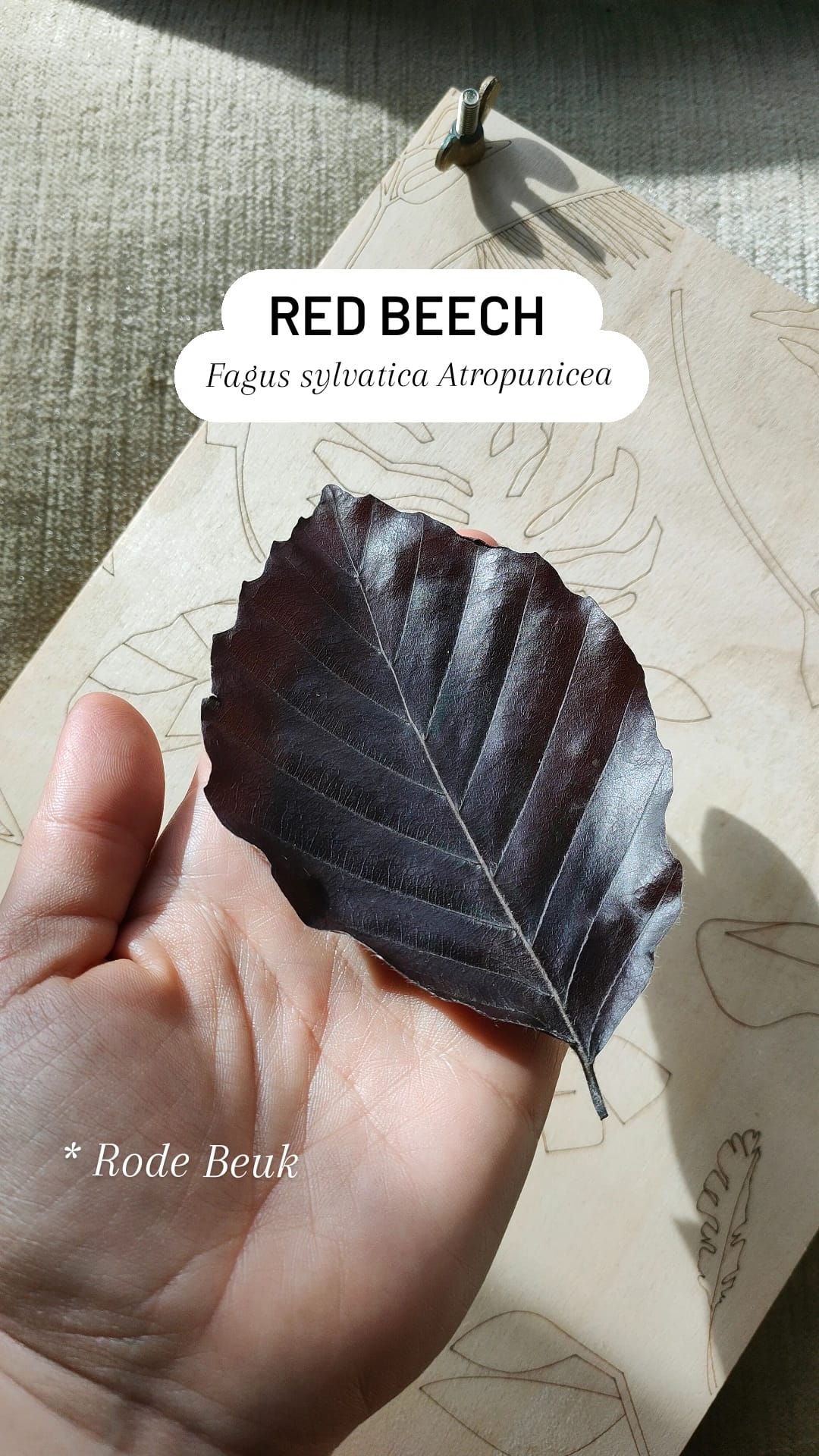Herbarium
my attempt at studying and archiving the ‘plant life’ I encounter
The term herbarium was first used as ‘a collection of dried medicinal plants cataloged within a bound book’. The Botany professor Luca Ghini is credited (in the 16th century) to be the first person to press and preserve plants under pressure, and bind the specimens within a book.
This quickly became the usual practice throughout Europe. Specimens were housed in researchers’ personal collections, and extra specimens were traded with other botanists.
Nowadays many scientific herbaria are published online and often open to the public, so everyone can access, and even contribute collecting data on plant life.
Herbarium
/həːˈbɛːrɪəm/
noun
a systematically arranged collection of dried plants
> An example of how I archive my entries: in my instagram stories I only post the English, Scientific and Dutch name (and sometimes some trivia).
In the pages of this online Herbarium, you can find an ongoing and organicly growing archive of info on the specific plants and project I did with them.
In my offline herbarium, I collect the specimens.
Californian Poppy | Eschscholzia californica
*Goudpapaver, ‘Slaapmutsje’
Why do I keep one?
Contemporary Herbaria are made for different usages. I pressed my first specimens in 2023, mainly for esthetic reasons. However studying and cataloging the plants I encounter, turned out to be very fascinating and became a big part of my artistic research.
Keeping this online archive alongside the physical dried plants, is a tool attaching more visual references, and compact bits and pieces of textual discoveries. I find it helps me remember the info better, and in this way, my nerding can be shared with more people ♥.
My Herbarium
online and offline supporting eachother
Follow me on Instagram
to subscribe to my herbarium posts @jerneydewilde.printmaker
